Thanks. That’s what I was thinking. If it’s not 5cm I can always shave it away till it looks right. I glued one side on just now and will glue on the other side tonight.
I also found enough auto body filler to fill in the ~1mm depth of the truss rod channel which should work well. I’ll take some pictures since this part is a little experimental.

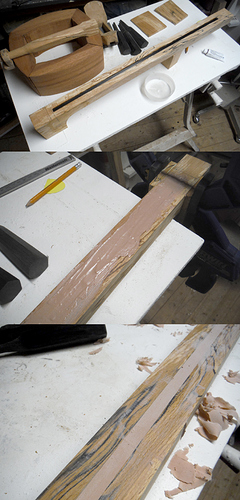
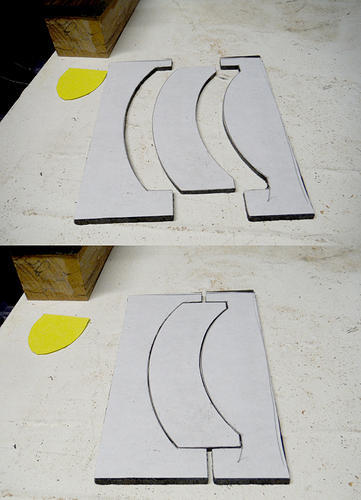


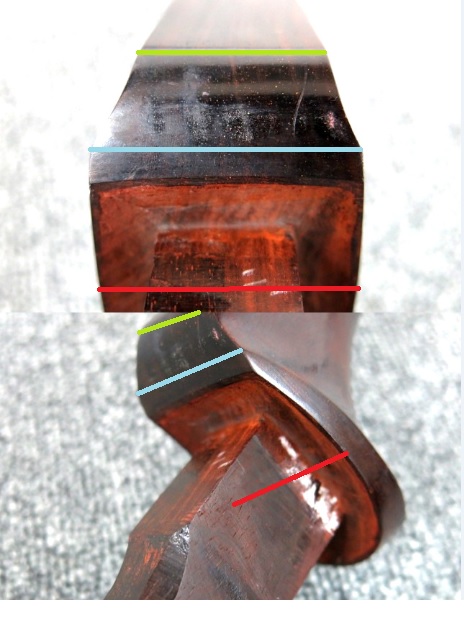

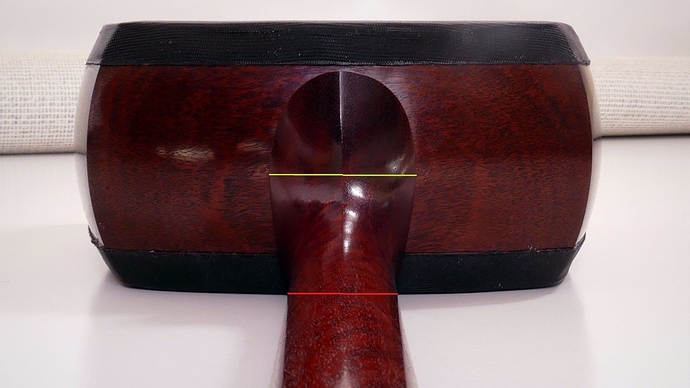
 and the shavings I took towards the end were minuscule… My problem was mostly in getting the tenon to sit in the mortise and then few “bumps” in the rouded part of the tenjin and the “holowed” sao.
and the shavings I took towards the end were minuscule… My problem was mostly in getting the tenon to sit in the mortise and then few “bumps” in the rouded part of the tenjin and the “holowed” sao.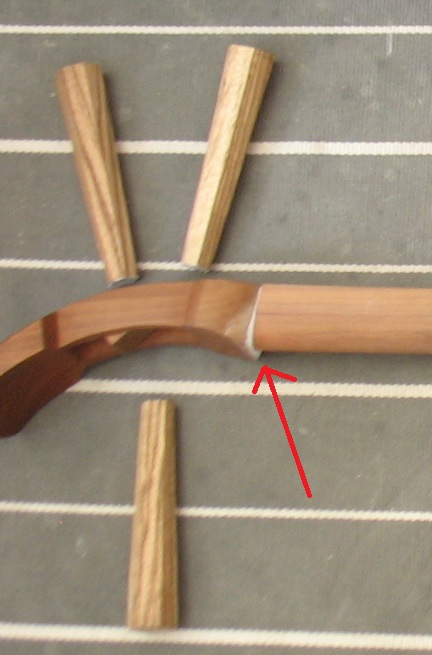
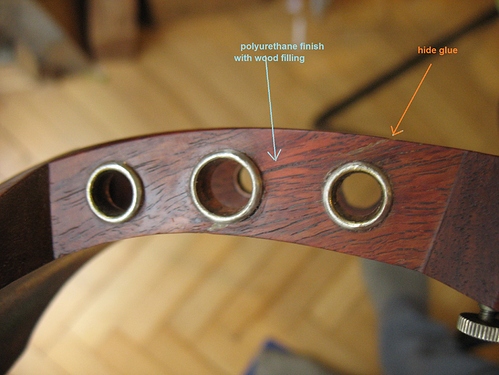
 and I forgot about the carbon rod… I won´t be of much help today.
and I forgot about the carbon rod… I won´t be of much help today.

